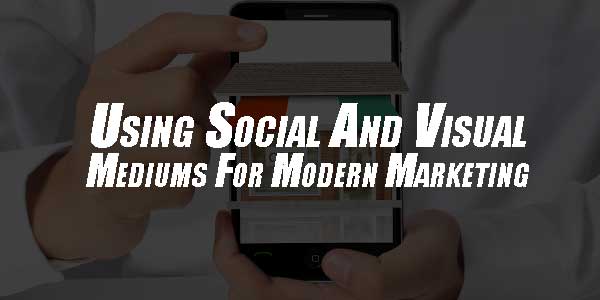
Some products, including those offered by the beauty industry, were made for social media. Sometimes, it’s the visual nature of the product. Sometimes, it’s just the way it’s promoted and its branding. If you’re in this industry, looking for a way to promote your product, here’s some ideas used by the pros.
Table of Contents
Facebook:
Facebook is one of the most popular social media sites in the world. And, for beauty products, it smashes most other sites. Take Dove, for example. It was ranked first with 23.8 million Facebook followers, with L’Oreal Paris taking second with 19.9 followers, and Nivea coming in third with 16.56 million.
Pampers has over 14.78 million subscribers, and Sunsilk isn’t far behind with 14.7 million.
Avon, Durex, Rexona, Natura, and Johnson’s Baby are all in the top 10.
Popular Facebook beauty ads include links to brand homepages, or Facebook page as well as on-site offers for products. A global survey of beauty brands also showed that interactive tools, user reviews, and “how-to” content are also popular on Facebook.
Marketing on this site isn’t that difficult either. Large brands tap into their existing customer base, leveraging Facebook’s demographic search and marketing tools.
For smaller companies looking to gain an edge, this is probably the easiest place to grab new “likes” and followers, since it allows you to target groups of people that are highly likely to buy your products.
All you really need to know is the gender, whether they follow other beauty brands, and their age.
Instagram:
Instagram is another popular site with beauty brands, not surprisingly. Beauty products are highly visual, meaning that anytime you can snap a photo and post it online, you’re winning.
Instagram boasts a 40 percent overall sign-up rate with socially active brands, and luxury brands are ranked first with a 67 percent sign-up rate. Online mobile photo sharing, as well as video sharing and social networking services, are used extensively by brands to reach a growing mobile audience.
The most popular are “behind the scenes” photo shoots or a new collaborative project.
And, it’s a great place for brands to be. Roughly 17 percent of all adults online use the site, with 37 percent of them being between 18 and 29 years old. Roughly 18 percent of users are 30-49 and 6 percent are 50-64 years old.
The site also boasts a high user engagement rate, with 57 percent of users accessing the site every day and 35 percent of users accessing the site multiple times a day.
The average user spends 4 hours a month onsite, with 68 percent of users being female. Needless to say, that captures the heart of the beauty market’s ideal customer. In other words, the most common user is a young female between the ages of 18 and 29. She’s on the site for about 4 hours a month, and there’s a 1 in 3 chance she’s checking the site throughout the day.
For brands, engagement is key. Engagement on Instagram is 1.5 times higher for photos than other media, like videos.
And, beauty brands are the fastest growing accounts and receive the highest engagement on the site.
Pinterest:
One of the best ways to learn about Younique, or other up-and-coming beauty brands, is to hang out on Pinterest.
While roughly 1/3rd of Pinterest signups are men, the remaining 2/3rds are, guess what – women.
The site is known for attracting a largely female crowd, according to comScore. Like other social networking sites, a lot of the usage takes place on mobile devices. But, with Pinterest, 75 percent of usage is on a mobile device. So, if you’re marketing on this site, make sure you’re posting mobile-friendly images, and optimizing for the mobile user.
About 93 percent of Pinners shopped online within the last 6 months. That means that Pinners are likely coming to Pinterest to get ideas for buying – right where you want to be.
Making it easy to access your brand’s products direct on-site (your website) should be your primary focus after image handling and optimization.
One quirk with the site is that the number of people who see your pins is generally greater than you follower counts.
And, if you tack on prices, you’re more likely to get likes – 36 percent more likely to be exact. Images without faces receive 23 percent more repins, according to Curalate. Finally, the words “DIY,” “Cup,” and “Recipe” resonate with Pinners most.
So, keep all of that in mind when creating your Pinterest account and setting up your boards.



















The data shown about the social websites like Facebook and Instagaram is really interesting.
Great post
Welcome here and thanks for reading our article and sharing your views.